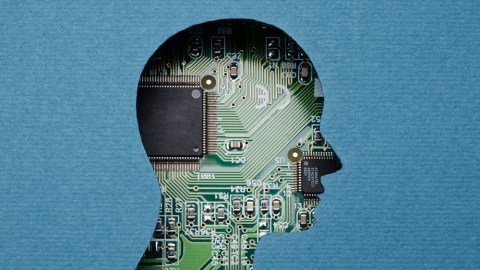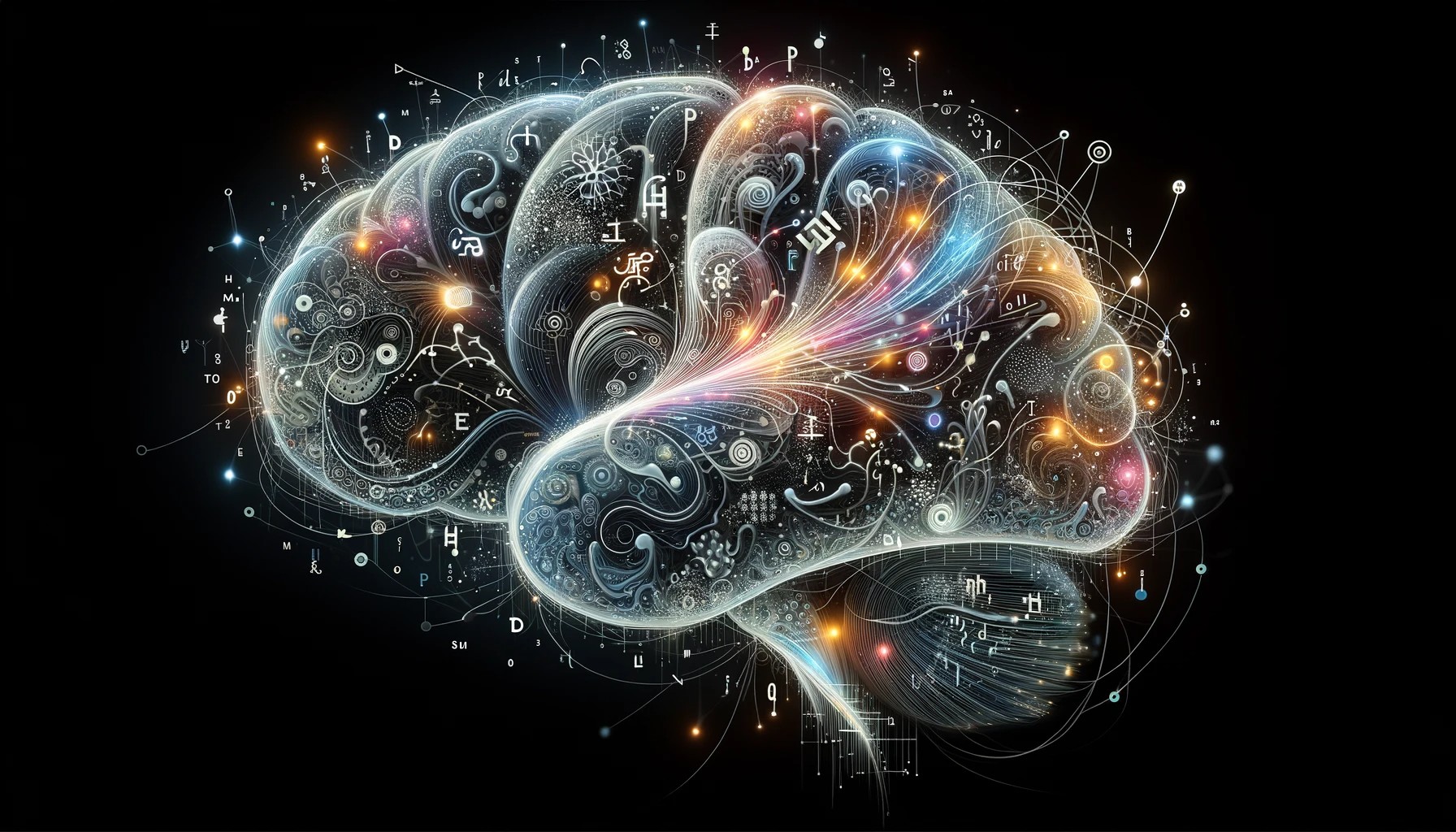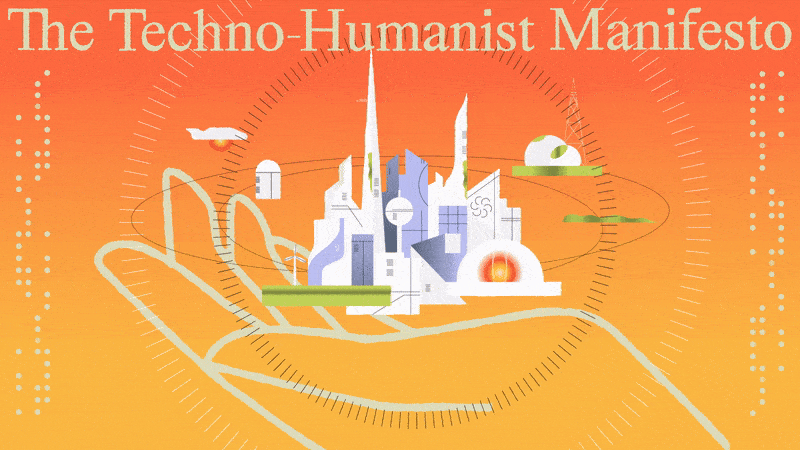The next Stage of Machine Learning: Teach Robots to Think Like Humans

The human brain is a never-ending source of wonder. In recent years, scientists and engineers have made major progress in figuring out how to replicate key facets of human thinking in machines, thus contributing to a better understanding of the mind. But despite years of research, many processes remain a mystery… at least for now.
A recent experiment from MIT demonstrates the capabilities of machine learning. Researchers have figured out how to make a machine identify certain classes of objects (in this case, handwritten characters) after only having seen a couple examples. By giving the computer information about how the characters were created, the machine was then able to understand the components that make up writing and replicate them itself.
But what about machines being able to identify abstract objects? How do humans always recognize a cup as a cup, regardless of what color, shape, size, or texture it is? And how can we do so even when we only see a portion of the object?
A new study from Georgia Tech researchers displays progress in the creation of machines that can replicate human thinking with regard to “random projection,” as it’s called. The researchers realized that humans use less than 1 percent of the data available about an object to identify it. They believe that their findings explain how humans are able to process all kinds of visual data so quickly in navigating the world on any average day.
The key to the machine’s ability to copy humans in this regard is the extent to which researchers have programmed it to replicate the neural networks that humans have. As another example, researchers at UC Berkeley have been using neural network programming to build a robot that can teach itself to walk, just as a toddler would over time.
We’ve clearly come a long way since the early days of computers and robotics. With all the breakthroughs we’ve seen so far, one can’t help but wonder just how smart robots can get?
Image Credit: pogonici via Shutterstock
**
Stefani is a writer and urban planner based in Oakland, CA. She holds a master’s in City and Regional Planning from UC Berkeley and a bachelor’s in Human Biology from Stanford University. In her free time, she is often found reading diverse literature, writing stories, or enjoying the outdoors. Follow her on Twitter:@stefanicox





